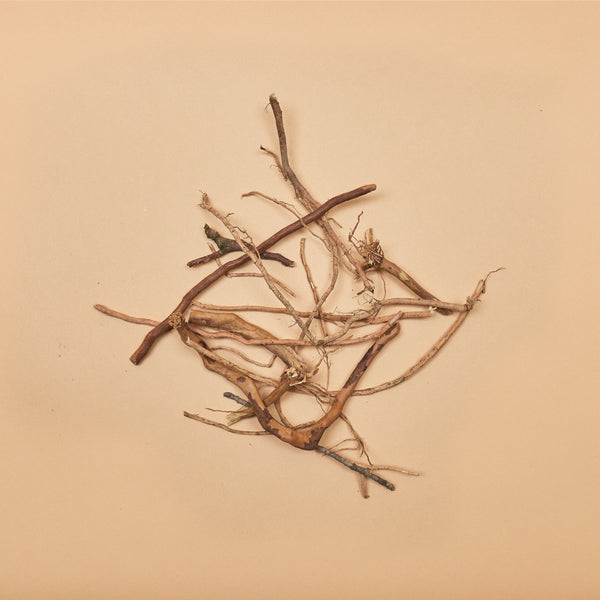- Continue Shopping
- Your Cart is Empty
Fishtail Palm Stem
Sold Out
These little palm stems are some of the coolest botanicals we've seen in a while! They come from the flower of the Caryota mitis Palm, also known as the "Fishtail Palm." This palm is originally from Asia but now found in many other parts of the world, including South America. Ours are sourced from Asia, however. The stems have a remarkably flexible structure and a morphology that is surprisingly "spine-like!"
They vary in size from about 5 inches (12.7cm) to 8 inches (20.32cm) in length. They look amazing scattered about on the bottom of a botanical-style tank, and add that real "flooded forest floor" sort of look!
PREPARATION: Our recommendation is to boil them for about 20-30 minutes, then a quick soak in room temperature freshwater (we'll tell you overnight, but it's your call). They sink right to the bottom.
ORIGIN: Southeast Asia
All of our aquatic botanicals are intended for ornamental aquarium or terrarium use only. Please use common sense and take the time to boil or soak all botanicals prior to using them, to reduce the possibility of problems. Always go slow when introducing any botanicals into your systems, so you can judge the effect they have on your fishes and plants. They are not intended for human consumption. DO NOT INGEST!
#fishtailpalmstem
NOT FOR HUMAN CONSUMPTION
NOTE: The photo is for illustrative purposes. As these are natural products, expect variation in the appearance of the botanicals that you will receive.
SEE OUR SHIPPING AND HANDLING PAGE FOR OUR SHIPPING POLICIES




Related Items
Tannin Aquatics "Enigma Explorer Pack"- Your custom-curated mystery collection!
Sold Out - $ 60.00
YOUR BOTANICAL JOURNEY BEGINS WITH THE CLASSIC "ENIGMA PACK" EXPERIENCE! We're all about the power of "self-curation"- empowering you to create with the widest selection of natural botanical materials around....
"Twenty Twigs"- Assorted Small Oak Twigs (20 pcs.)
Sold Out - $ 5.00
Branches and twigs form the basis of many natural aquatic ecosystems, and they're perfectly suited for doing the same in aquariums. I first started playing with oak twigs and...
"Bits and Pieces"- Assorted Small Root and Twig Sections (20 pcs.)
Sold Out - $ 5.00
Bits of roots, twigs, and shoots from terrestrial plants are found throughout the aquatic environment. They form a network of "interstitial spaces" on the substrate, where all sorts of...














